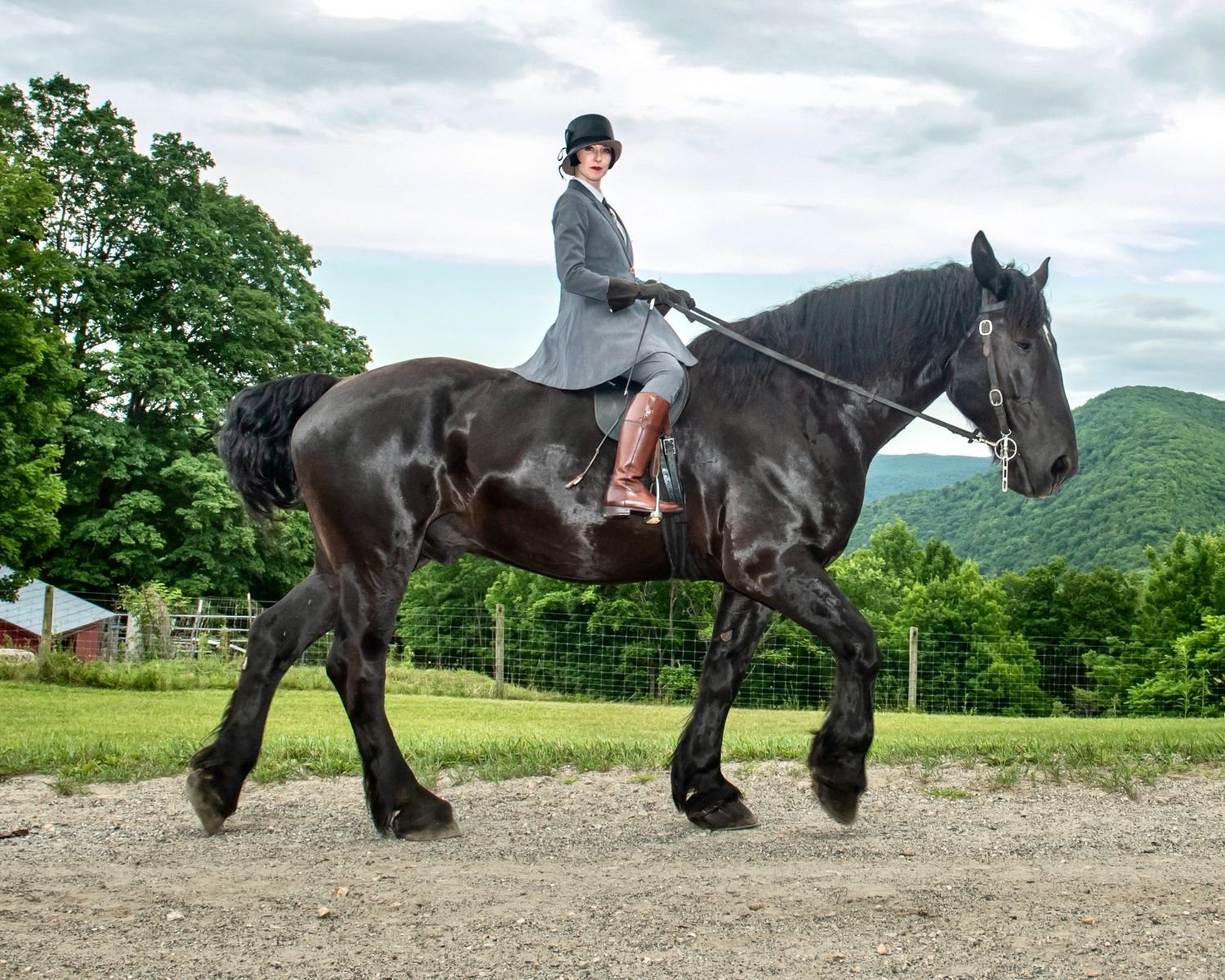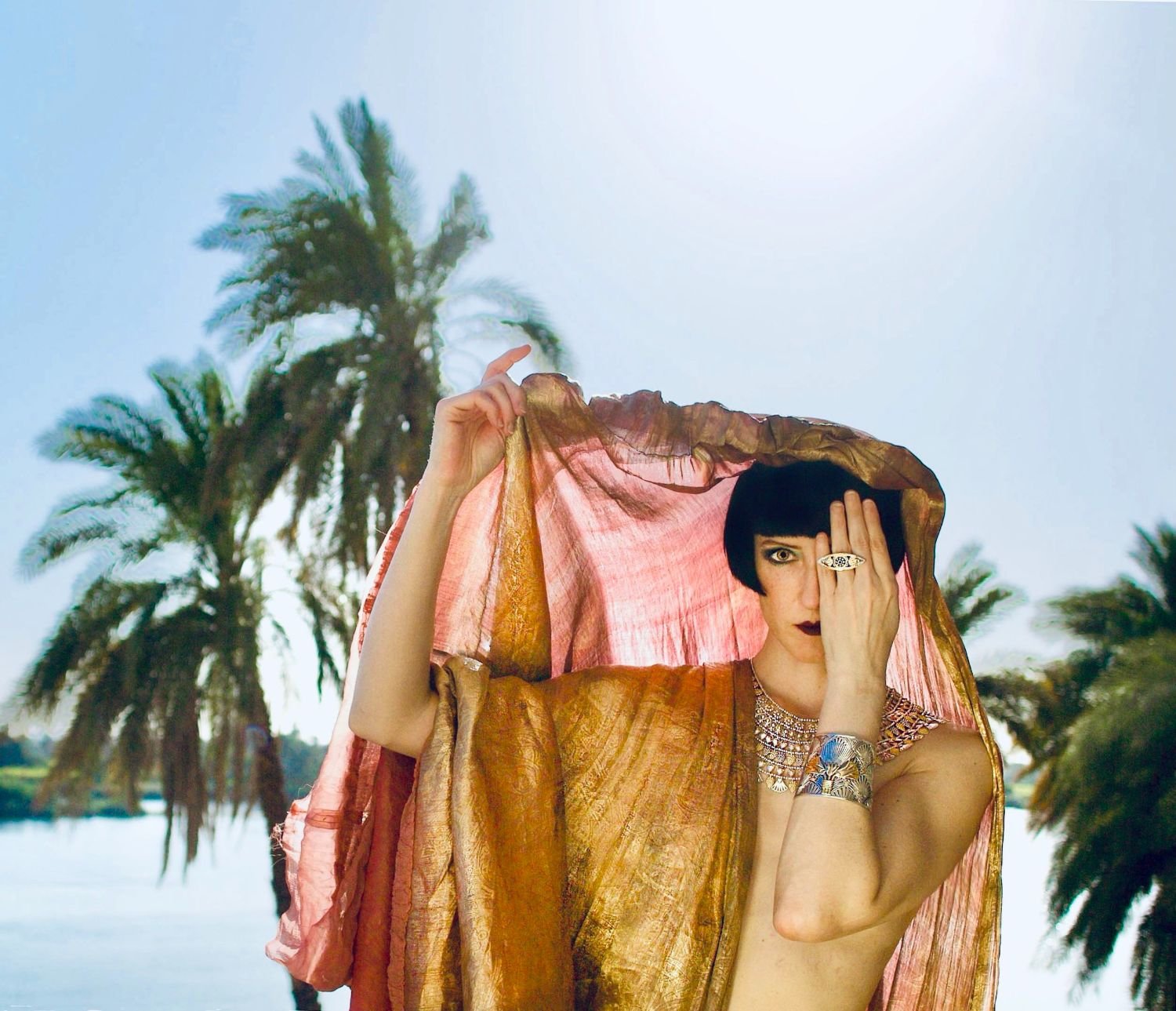
I am an Egyptologist, author and educator. My scholarship focuses on translations of ancient hieroglyphic and hieratic texts. Through my publications, lectures, and Instagram account, I bring the rich history and culture of ancient Egypt to world-wide audiences.
Photograph by Ahmed Othman
I am the author or co-author of seven books and dozens of articles and book chapters. In addition to continuing my academic career (beginning with my PhD in Egyptology from the Department of Near Eastern Languages and Civilizations at Yale University in 2005), I am committed to bringing ancient Egypt—its history, religion, art, and language—to a world-wide audience through lectures, Zoom classes, articles in popular journals, and my Instagram account @vintage_egyptologist. I am a regular contributor to documentaries, especially Nat Geo’s “Lost Treasures of Egypt” (streaming on Disney+). My passion for vintage fashion and modeling has led to exciting collaborations with Egypt’s premier jewelry designer Azza Fahmy, famous Cairo-based photographers and videographers, and Egypt’s top magazine for women’s empowerment What Women Want.
My research and publications focus on ancient Egyptian religion, literature, and military history. My most recent book is Egypt’s Golden Couple: When Akhenaten and Nefertiti Were Gods on Earth (St. Martins Press, 2022), co-authored with my husband, John Coleman Darnell, Professor of Egyptology at Yale University. In Imagining the Past: Historical Fiction in New Kingdom Egypt (Oxford University Press, 2013), I published the first study to bring together four works of ancient Egyptian historical fiction, stories (preserved in hieratic script on papyri) that are mostly set between 1550 and 1450 BCE, but composed two centuries later. My publications have contributed to topics as diverse as Old Kingdom epistolography, Middle Kingdom ostraca, New Kingdom military and religion, Graeco-Roman tourism, the archaeology of the third Upper Egyptian nome, and ancient soundscapes.
I have lectured around the world on topics related to my publications, my work in Egypt, and my interest in historic and vintage fashion. In April 2023, I delivered the Lynda Thomas Distinguished Lecture at the Bowers Museum (Santa Ana, California), “Five Thousand Years of Ancient Egyptian Fashion.” I taught at Yale University as the Marilyn M. and William K. Simpson Assistant Professor of Egyptology (2006-2010), and Associate Professor (2010-2015). Currently, I am an Adjunct Professor of Art History at Naugatuck Valley Community College in Waterbury, CT, and I am proud to be a part of this college’s diverse campus.
In 2013, I curated the ground-breaking exhibition at the Yale Peabody Museum entitled "Echoes of Egypt: Conjuring the Land of the Pharaohs,” and served as the editor and primary author of the accompanying catalog. From 2008 to 2015, I directed the Mo’alla Survey Project (MSP) in conjunction with the Ministry of Antiquities, which made several important discoveries including a Pan Grave cemetery, a desert road connecting region south of Mo’alla with other points north and south in the Nile Valley, and an important Late Roman site (ca. 350-650 CE), with over a hundred dry stone structures, and several satellite settlements in the surrounding desert.
I live with my husband, John, and our two basenji dogs, Selqet and Montu, in Durham, CT.
Photograph by Jennifer Schulten
Frequently Asked Questions
-
I wear vintage fashions very often, and for several reasons.
Most importantly I like how certain pieces feel, and how wearing them makes me feel. Many periods of fashion have emphasized a particular silhouette, promoted one idealized physique over others. But with vintage styles, there is a perfect era—perhaps even more than one—for each and every person. I definitely prefer the 1920s, 30s, 60s, and even 70s.
As an Egyptologist, I enjoy experiencing what it was like to wear various historical ensembles when they were new. Clothes do not merely react to the body, but they in turn encourage us to stand and sit and move in certain ways. Wearing vintage pieces, even if they are extremely old and donned only for a photo and brief video, allows one to experience some of the daily sensations of people we otherwise know only through early photography or illustrations. Wearing vintage fashion can be a sort of experimental archaeology of the recent past.
Vintage clothing is also environmentally responsible. Not only does it encourage us to get as much wear as possible out of clothing that is not as old or valuable as other pieces, wearing such pieces might well encourage manufacturers to return to the care and quality that was put into so many of those older garments.
Wearing vintage is not cosplay. I do not imagine myself as someone of a particular period—I am myself, wearing the styles of another time. There is no association between my love of vintage fashion and my profession as an Egyptologist, other than a general interest in the past.
My vintage style does not imply any approval of the prevailing political, social, or economic aspects of an earlier time. No one wearing modern clothing should claim to approve of everything happening in the modern world; and no one wearing vintage clothing should be assumed to want to live in a past time or earlier social condition.
-
I have appeared in dozens of documentaries on a wide range of platforms, including Nat Geo, Smithsonian, the History Channel, the Science Channel, and Curiosity Stream. I enjoy providing short, impactful statements during interviews. Sometimes I am delighted when I see the show, but occasionally, I am very disappointed by the final result, especially when a program misrepresents an historical event or character. Once my interview is done, I have no control over how my contribution is used. I do not have any influence over the filming of re-enactments, nor do I have any input in the casting of actors who portray historical figures.
When I film at monuments and archaeological sites in Egypt, I was originally surprised by how much time is spent creating B-roll, the shots when I am walking from place to place, running my fingers near hieroglyphic texts, or opening and closing my parasol. But when I see the fabulous results on shows like Lost Treasures of Egypt, it’s all worth it!
-
If you are a dedicated, self-directed learner, I recommend Mark Collier and Bill Manley, How to Read Egyptian Hieroglyphs: A Step-by-Step Guide to Teach Yourself. This volume focuses on the signs, vocabulary, and formulae that you are most likely to encounter in museums and in monuments in Egypt. I offer live Zoom classes that begin from the basics, then build upon grammatical forms, using approachable methods that enable students to read hieroglyphic texts after just a few classes (typically five one-hour sessions each). The Zoom classes then introduce you to the several valuable grammars and dictionaries available for more advanced study of ancient Egyptian in all its phases.
-
John and I have compiled five essential books about ancient Egyptian religion that every Egyptological bookshelf should have: The best books about ancient Egyptian religion (shepherd.com). I also teach Zoom classes on creation texts, the Book of the Dead, the Netherworld Books and other topics related to ancient Egyptian religion.
-
It is always hard to choose just one. Because of the amount of time that I spent with Akhenaten and Nefertiti for Egypt’s Golden Couple, they are definitely among my favorites. In my Zoom classes, I like to highlight ground-breaking pharaohs like Narmer (the namesake of one of our basenjis) and Montuhotep II who do not have the name recognition of Tutankhamun or Ramesses II.
-
Cleopatra VII, who ruled from 51 to 30 BCE, was the daughter of Ptolemy XII, a descendent of the Macedonian cavalry commander Ptolemy Lagus, a general of Alexander the Great and later Ptolemy I, king of Egypt. We do not know the name of Cleopatra's mother, and she is likely Queen Cleopatra V. Some have suggested, however, that Cleopatra's mother might have come from an important Egyptian family, perhaps with Macedonian ancestors as well (among others, see Duane W. Roller, Cleopatra: A Biography [Oxford University Press, 2010]). We also do not definitely know the name of her paternal grandmother, so the mother of Ptolemy XII might possibly have been Egyptian. These are all arguments from silence, however.
This means that Cleopatra VII is certainly of Macedonian Greek background, with some Egyptian heritage being possible. Through others in the family—notably her ancestor Cleopatra I—she appears to have acquired some remote non-Macedonian ancestors.
How was Cleopatra portrayed in antiquity? On Egyptian monuments she is an Egyptian queen with the titles of a king, and she looks as Egyptian as the iconography requires. On coins and in some possible portraits in statuary and painting, she is a Hellenistic ruler.
If Cleopatra's mother were Egyptian, that might explain Cleopatra’s fluency in the Egyptian language (but of course she was said to know other languages as well). There are many fictional Cleopatras—a topic as fascinating as that of the numerous Akhenatens whom authors, artists, and scholars have created—but the Cleopatra VII of history was a Ptolemaic queen whose mother may have been part Egyptian. In my opinion, if one believes Cleopatra was part Greek and part Egyptian, the best way to imagine her would be to look at both the surviving images of the queen, and the modern-day residents of Alexandria, capitol of Cleopatra VII. Modern Egyptians are the descendants of the ancient Egyptians, and they reflect the unique heritage of their land.

Photograph by Nina Galicheva

Photograph by Rose Callahan

Wearing Jewelry by Azza Fahmy


